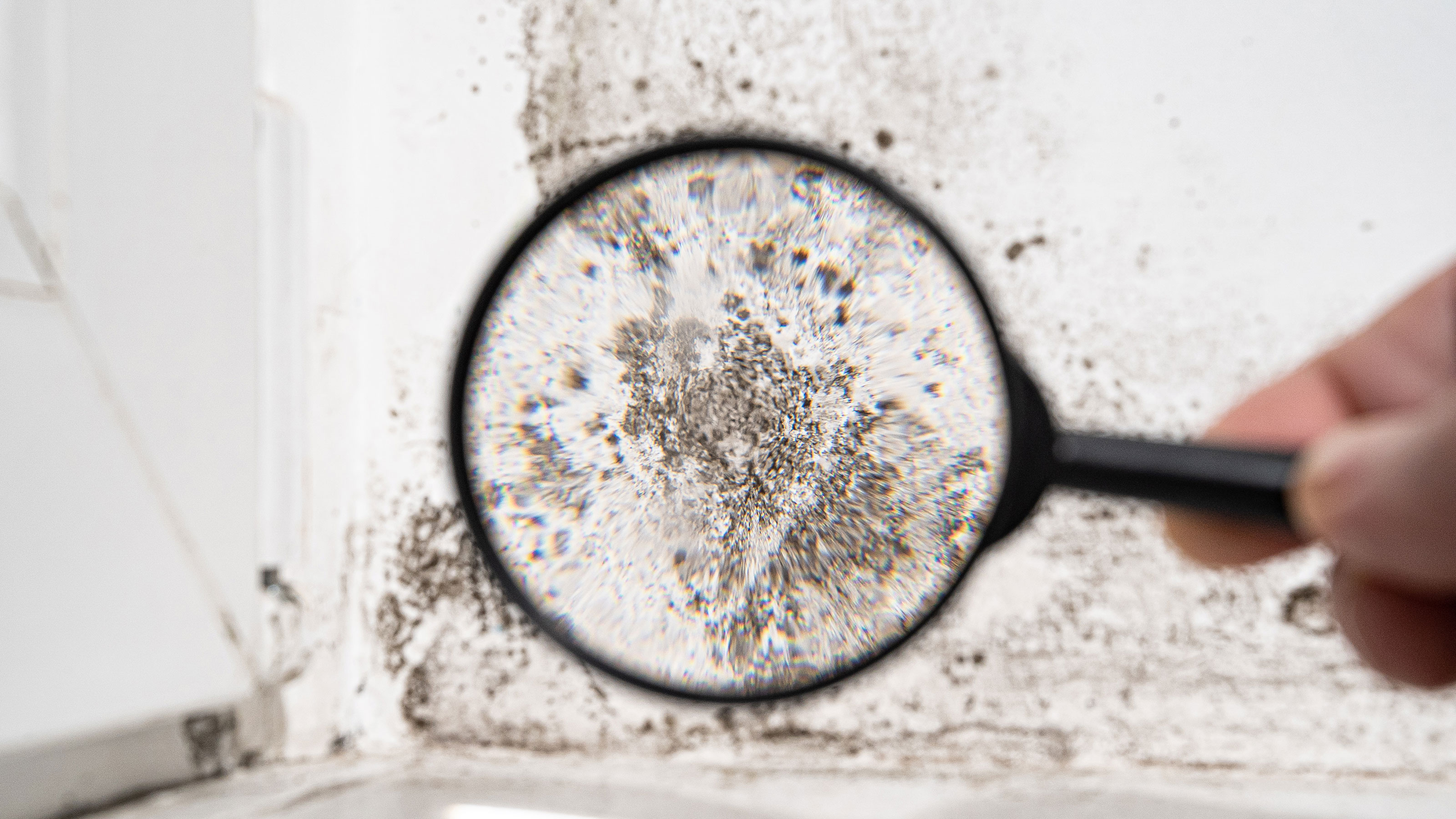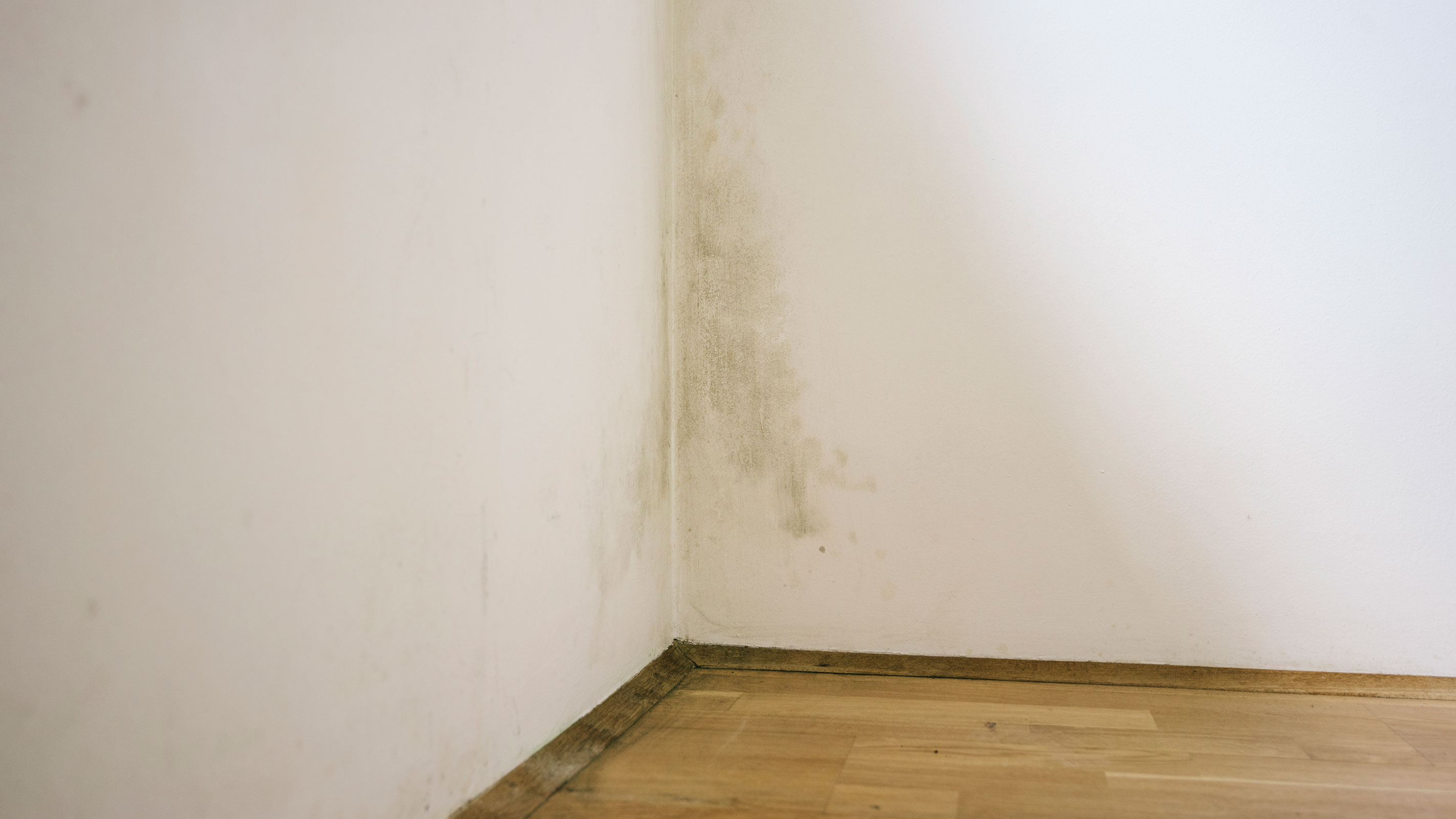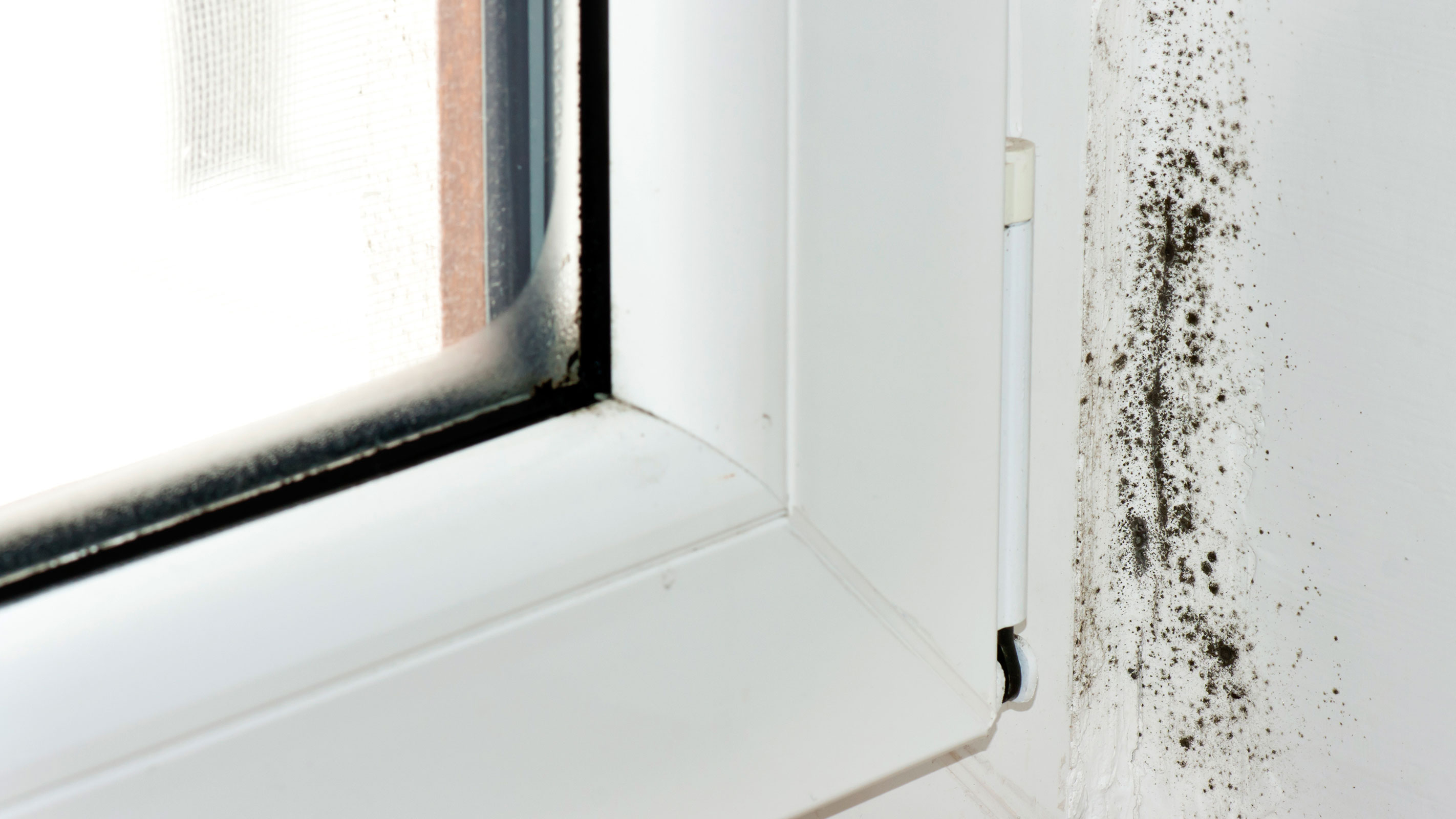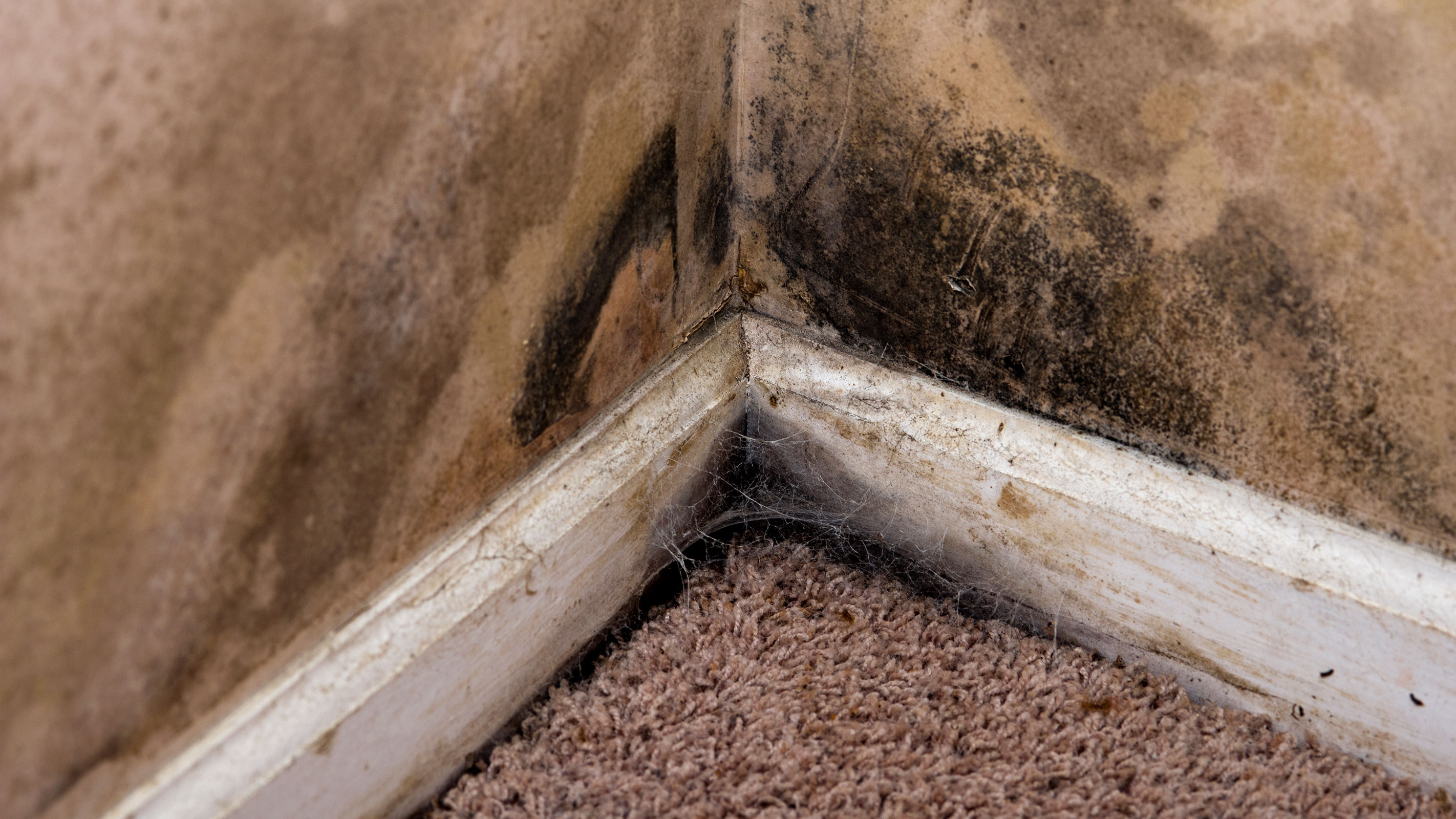Mildew vs mould: What's the difference?
Mildew vs mould — neither are something you want to find in your house, but what is the difference and how can they be avoided? Our guide explains everything you need to know

Mildew vs mould — both are types of fungi that are commonly found in homes, but there are differences between the two and it is important to understand what they are if you have spotted a worrying looking substance in your house that has left you unsure how to proceed.
The solutions regarding how to remove mould from walls are different to those suitable for getting rid of mildew, making it even more useful to understand which you are tackling.
Both mould and mildew can cause all kinds of problems, including damage to certain areas of your home and furnishings and worrying health issues. Although the causes and treatments used to tackle both of these unwelcome house guests vary, there are also similarities — which can be a little confusing.
Here, we take a look at how to differentiate between the two as well as explaining how to identify, prevent and eliminate them.
Mildew vs mould: How do you identify each?
Mildew is one type of mould, which makes distinguishing between the two tricky in some cases. Thankfully, there are ways to clarify which you are dealing with in your home.
"For the average consumer, understanding the differences between mould and mildew will be difficult," says Meaco’s Managing Director Chris Michael. "Mildew is a form of mould, but it is still a type of mould and as such should be treated in the same way, in that having mould or mildew growth is bad news and is an indication that you have a damp issue."
If you have spotted what you suspect might be mould or mildew, one of the best ways to confirm what it is you are dealing with is through its appearance. However, there are also other ways to tell one from the other. The way each smells is different, as is how they react to certain cleaning solutions.
What does mildew look like?
Mildew actually looks quite different to mould. It is characterised by its flat appearance and has a dry, powdery look to it. Colour-wise, you can expect it to be white, grey or yellow.
Mildew can smell musty like damp clothing.

What does mould look like?
Mould tends to be darker in colour than mildew — look for spots that are black, greenish or even slightly blue or red in appearance. Mould is often raised too — and, to add to its unpleasant nature, can be a little furry, fuzzy or slimy as well.
The term mould covers a far broader spectrum of fungi that grows on walls.
Mould can appear pretty much anywhere, but mould on skirting boards, in bathrooms and around windows is a particularly common problem.

What does mould smell like compared to mildew?
Another way to confirm whether you are dealing with mildew or mould is by its odour. Mildew has a faint musty, damp smell. Mould, on the other hand, has a stronger, more earthy odour.
What causes mould and mildew?
The causes of mould and mildew are much the same — excess humidity and moisture, poor ventilation and a lack of natural light can all contribute to the problem. Condensation can also cause mould and mildew to form — particularly around windows and in bathrooms. Getting to grips with how to stop condensation will go a long way towards preventing either from forming.
"Mould and/or mildew will form when the surface it is growing on has too high a moisture content," explains Chris Michael from Meaco. "How fast the mould or mildew grows will be determined by the room's relative humidity (rh). If it is above 68%rh then the mould will get larger, if it is below 68%rh then it will stop growing."
There is often an underlying cause of excess moisture — if you can work out what it is and rectify the problem, you should be able to stop both mould and mildew in their tracks.
"Why is the moisture content too high in your house? Where has that moisture come from? If it is around a window, for example, is this because of crack in the wall on the outside that is allowing rain to get in?" suggests Chris Michael. "Do you have blocked gutters? Or is it because the room itself is constantly damp due to a lack of home ventilation or clothes being dried in the space?"
How do you prevent mould and mildew?
Happily, there are plenty of steps you can take to reduce the risk of mildew or mould from forming in your home.
Good ventilation is essential in the battle against both mildew and mould — regularly open windows to allow air to circulate and ensure your bathroom and kitchen have good extractor fans.
An underlying damp problem will also cause mould to eventually appear. If you suspect this could be the issue, finding out what causes damp will be really useful — sometimes, simply fixing a leaking downpipe or gutter could put a stop to your damp and mould problems for good.
Investing in a dehumidifier, like this 20L one from Meaco on Appliances Direct, can also be a great way to ensure the relative humidity in your home remains at the right levels.
How do you remove mildew?
Mildew is easier to remove from surfaces than mould — providing you treat it as soon as you spot it. If left untreated, it can become a bigger problem and spread.
Mildew can generally be wiped off walls and hard surfaces using a household cleaner and a scrubbing brush or strong cloth. Many people also report success using a solution of washing up liquid and warm water. Ensure the area is thoroughly dried after removal.
How do you get rid of mould?
When it comes to how to remove mould from walls, things can be a little tricker. If you are keen to avoid the use of harsh chemicals, such as bleach, a solution of warm water and washing up liquid can work wonders. However, this is really only a viable option for light, surface mould — if it has penetrated further into the paint on a wall or the surface it is on, a stronger approach is going to be required.
A solution of bleach and water usually works well, as will a specialist product, such as HG Mould Spray from Amazon.

Get the Homebuilding & Renovating Newsletter
Bring your dream home to life with expert advice, how to guides and design inspiration. Sign up for our newsletter and get two free tickets to a Homebuilding & Renovating Show near you.
Natasha was Homebuilding & Renovating’s Associate Content Editor and was a member of the Homebuilding team for over two decades. In her role on Homebuilding & Renovating she imparted her knowledge on a wide range of renovation topics, from window condensation to renovating bathrooms, to removing walls and adding an extension. She continues to write for Homebuilding on these topics, and more. An experienced journalist and renovation expert, she also writes for a number of other homes titles, including Homes & Gardens and Ideal Homes. Over the years Natasha has renovated and carried out a side extension to a Victorian terrace. She is currently living in the rural Edwardian cottage she renovated and extended on a largely DIY basis, living on site for the duration of the project.

